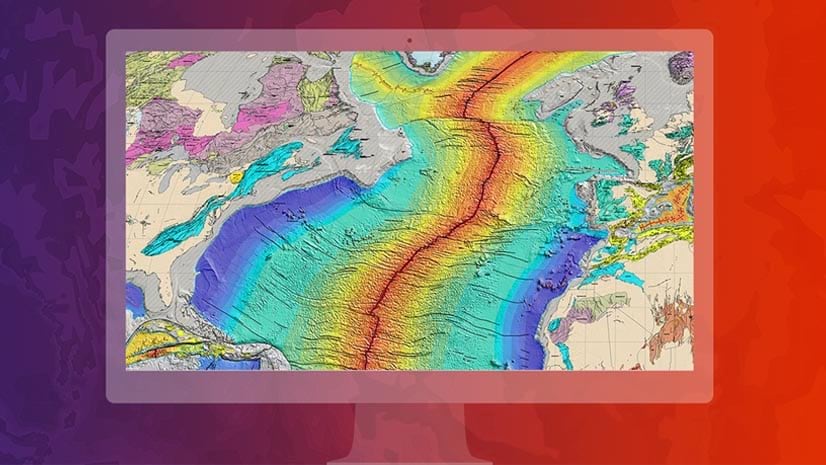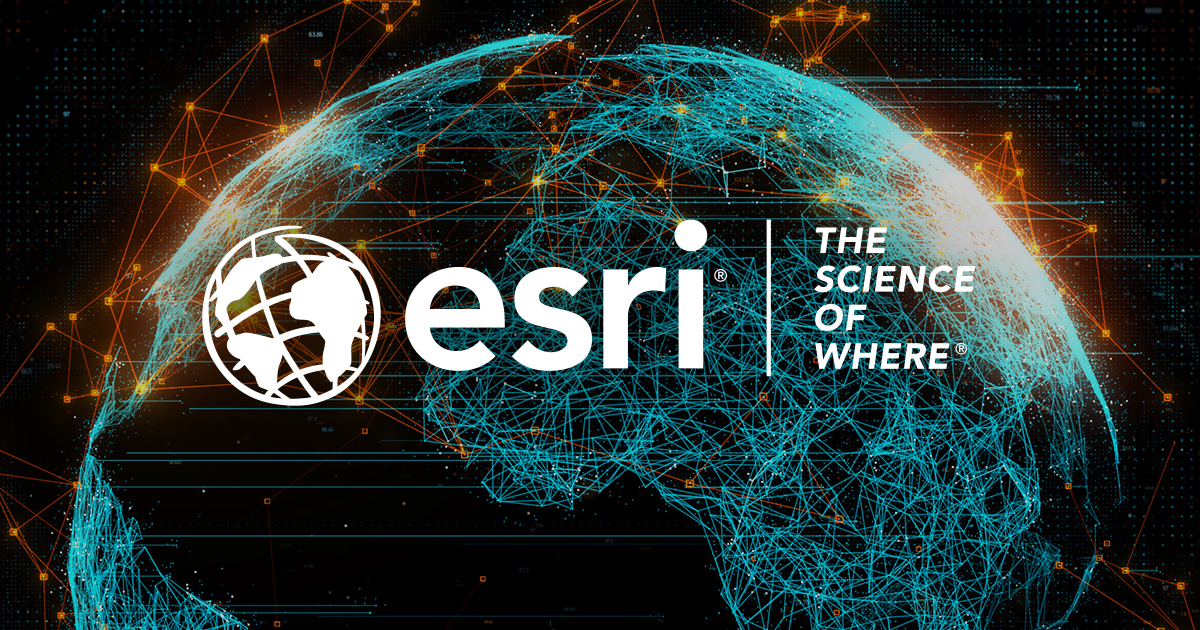Hi Ken:
Here is some info that may help explain (although it is still rather technical and intended for those with more GIS knowledge):
What is the difference between the WGS84 and NAD83 datums?

www.esri.com
ArcGIS Pro is a powerful rich client that supports vertical coordinate systems (VCS) in both global and local scenes. This blog focus...

www.esri.com
By Aileen Buckley, Mapping Center Lead You will often be prompted to select the geographic transformation when you are projecting data...

www.esri.com

support.esri.com
I do
not recommend attempting to circumvent use of a GIS application for the tasks you appear to want to implement for your project(s), which based on past threads, will involve placement of
numerous adjacent imagery tiles in precise alignment with each other around an airport.
You 'could' use SBuilderX to compose and output 1 or more BGLs for the area of interest, but you would need to work through these tutorials:
 Make photo-real ground textures
File Description:
Make photo-real ground textures
File Description:
It is very easy to create your very own high-resolution, custom (photo-real) ground textures. This document explains the concepts and techniques and illustrates the use of SBuilderX with which you can quickly and easily download aerial images and make this type of scenery. So, why hesitate? Make Flight Simulator scenery as real as it gets! Very sorry - no support of any kind is offered. Please do not write. For any questions, please post in the Avsim Scenery Design Forum.
Filename: make_photo-real_ground_textures_in_fs_x.zip
License: Freeware
Added: 21st November 2009, 23:20:06
Downloads: 17714
Author: Luis Feliz-Tirado
Size: 2143kb
https://library.avsim.net/esearch.php?CatID=fsxsd&DLID=140539
Using the Autogen Annotator
File Description:
The Autogen Annotator is a powerful tool for modifying the autogen of default ground textures or adding autogen to custom (photo-real) ground. This document illustrates the use of the tool, and includes a pictorial guide to all autogen object types. Very sorry - no support of any kind is offered. Please do not write. For any questions, please post in the Avsim Scenery Design Forum.
Filename: using_the_autogen_annotator_264833.zip
License: Freeware
Added: 21st November 2009, 16:18:51
Downloads: 4220
Author: Luis Feliz-Tirado
Size: 8930kb
https://library.avsim.net/esearch.php?CatID=fsxsd&DLID=140537
You may also wish to review at least the first few pages of this (long) very informative thread by
Tiberius et al:
https://www.flightsim.com/vbfs/showthread.php?250762-How-to-create-photoreal-scenery-for-FSX:
To make more accurate FS scenery, you are likely to also encounter these topics at some point as well:
Terrain Design
File Description:
Terrain Design for Flight Simulator X
This simple illustrated document explains the basic concepts in Flight Simulator X terrain, and how to change them using SBuilder for FS X. Make new water bodies, roads, vehicle traffic, airport flattens, remove autogen, add more detail - anybody can do it easily and quickly.
My most sincere apologies - I am unable, for lack of free time, to offer support of any kind. For questions or problems, please post in the Avsim scenery design forum.
Filename: terrain_design_for_flight_simulator_x.zip
License: Freeware
Added: 14th December 2009, 13:29:15
Downloads: 16648
Author: Luis Feliz-Tirado
Size: 3991kb
https://library.avsim.net/esearch.php?CatID=fsxsd&DLID=141643
FYI: I solicited input from others above regarding a tutorial on how to use GDAL, OSGEO4W and/or QGIS (freeware) GIS applications to help you.
Hi Ken:
As I explained in our PM communications related to this thread, SDK Resample (
and SDK SHP2VEC as well !) require source data in a specific GIS projection.
Re-projecting your USGS imagery from UTM projection, NAD83 (Alabama HPGN) datum to Geographic projection, WGS84 datum requires a GIS application.
Perhaps others with the time and patience to allocate for learning how to use the QGIS and/or OSGEO4W GIS platform ...might provide a tutorial here ?

GaryGB
I do not have time to engage in the learning curve for those applications myself, nor to personally research how to use them and then make a tutorial.
I specifically cautioned against attempting to approximate imagery formatting or positioning by trial-and-error methods using "fudged" calibration or "rubber sheeting cheating" methods.
CAVEAT: Re-projection involves spherical trigonometric functions and changes of Geo-referencing coordinates which can only be performed via GIS applications, thus one should not attempt to approximate imagery formatting or positioning by trial-and-error methods using "fudged" calibration or "rubber sheeting cheating" methods. ;-)
GaryGB
The methods Mike and Jim describe above may certainly be useful in the relatively rare circumstances when one must re-position imagery that is "warped" due to off-NADIR imagery sometimes being projected for use in an online map viewer at locations off the vertical axis of the imagery recording camera; however, It is otherwise always a best practice to utilize on-NADIR imagery that is correctly projected into the GIS format required by SDK Resample.

GaryGB











